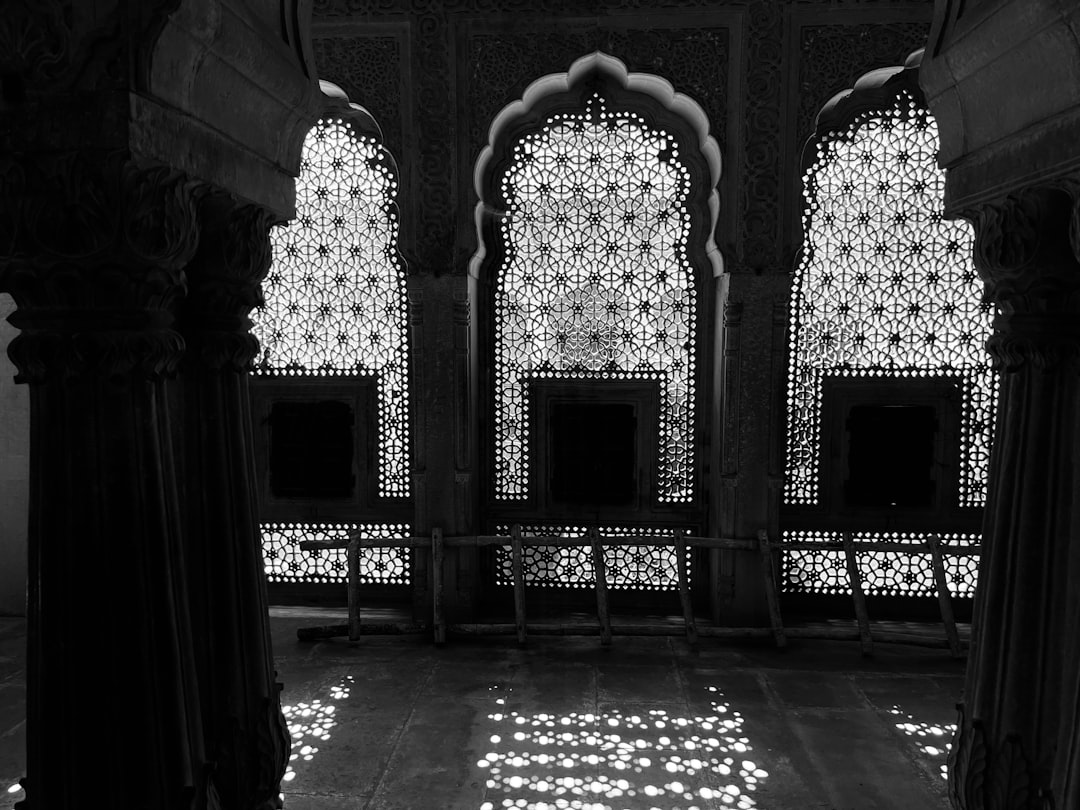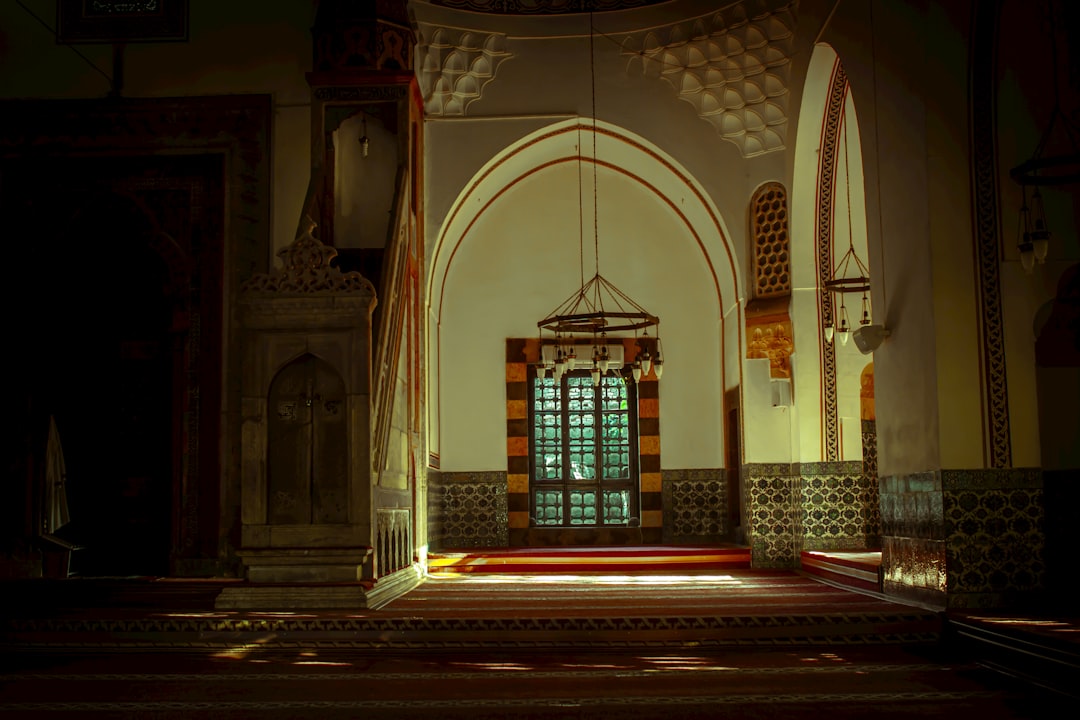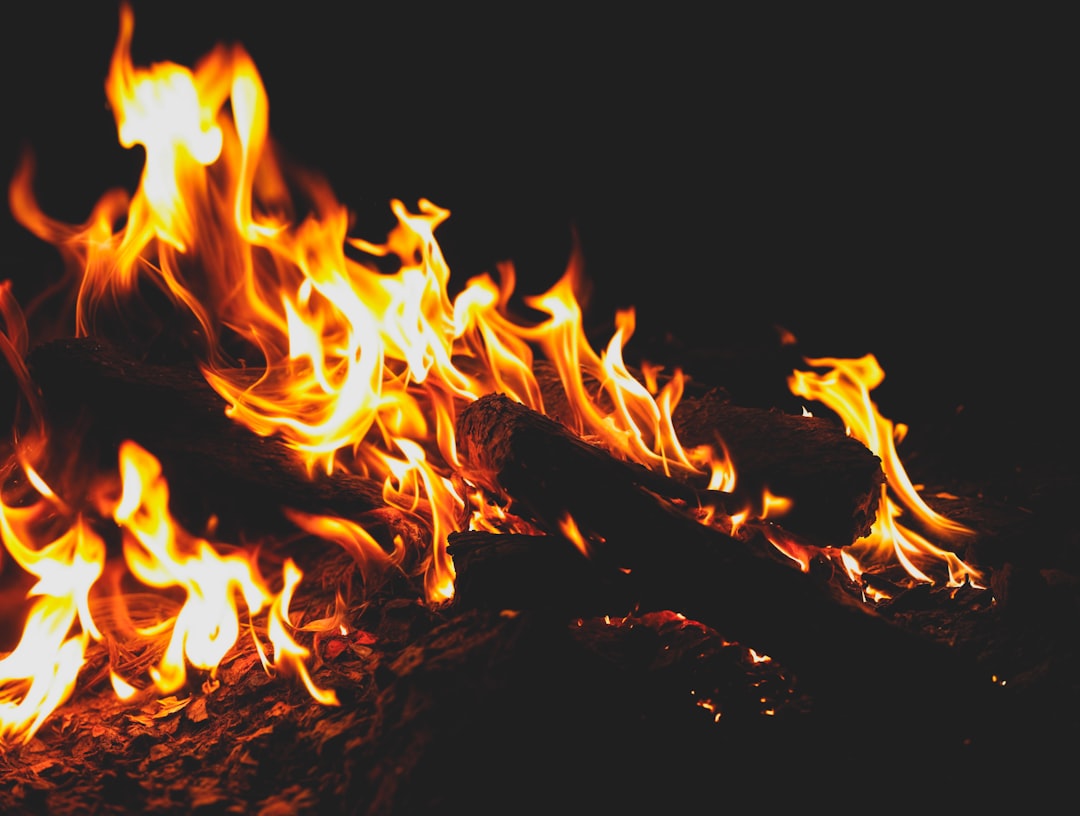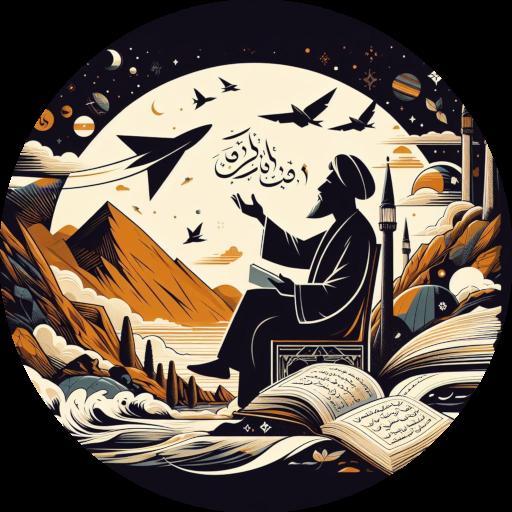There are some poets whose words feel carved from the bone of longing itself; their verses bleed, ache, and shimmer all at once. Khaqani Shirvani is one such poet. His ghazals are not simply expressions of love; they are storms of anguish, flashes of metaphysical fire that turn pain into revelation.
In the poem before us, Khaqani speaks from the edge of torment, where personal grief becomes divine dialogue, where the heart’s cry turns into a secret key.
درد زده است جان من میوهٔ جان من کجا
درد مرا نشانه کرد دردْ نشان من کجا
دوش ز چشم مردمان اشک به وام خواستم
این همه اشک عاریه است اشک روان من کجا
او ز من خراب دل کرد چو گنج پی نهان
من که خرابه اندرم گنج نهان من کجا
یار ز من گسست و من بهر موافقت کنون
بند روان گسستهام انس روان من کجا
گهگهی آن شکرفشان سرکه فشان ز لب شدی
گرم جگر شدم ز تب سرکهفشان من کجا
روز به روز بر فلک بخشش عافیت بود
آن همه را رسیده بخش ای فلک آنِ من کجا
نالهٔ خاقانی اگر دادستان شد از فلک
نالهٔ من نبست غم دادستان من کجا
Let us walk slowly through his words, translated, yet still burning with their original flame.
“Pain has stricken my soul; where is the fruit of my soul?
Pain has marked me; but where is the sign of my pain?”
Khaqani begins with a question that is not just poetic; it is existential. He stands wounded, aching, but also bewildered: What is the meaning of my suffering?
Pain has found him, marked him, chosen him even, but he cannot yet find what that pain is supposed to yield.
It is as if he is saying: If pain is the path to awakening, where is my awakening? If sorrow is a divine gift, where is the light it was meant to unveil?
This opening line sets the tone for the entire ghazal: a restless seeking, a dialogue between anguish and faith, between the wound and the hope of revelation. In Sufi language, pain is not an accident; it is the chisel of God carving the soul into shape. But Khaqani is honest enough to admit that, in the midst of that carving, one does not always see beauty. Sometimes, one only feels the blade.
“Last night, I begged tears from the eyes of others
all these tears are borrowed; where are my own flowing tears?”
Here, sorrow deepens into shame. Khaqani feels alienated even from his own grief. The tears he sheds are “borrowed”, not springing from the pure source of his heart.
This confession is startlingly human. We all know moments when emotion feels hollow, when even our sadness feels second-hand, when we act the part of the mourner but cannot truly weep.
For Khaqani, true tears, like true prayer, cannot be forced. They must be given by the Beloved, flowing from a heart melted by divine touch. His “borrowed tears” thus become a symbol of spiritual dryness, of a soul waiting for authentic connection.
To weep truly is to be touched by grace. Until then, every sob is an echo, not a voice.
“She, the heart-ruining beloved, hid herself like a buried treasure.
But I, who dwell in ruins, where is my hidden treasure?”
Now longing takes form. The Beloved, once near, is now withdrawn, hidden like a secret jewel beneath the earth.
Khaqani calls himself kharrāba-andar, “one who dwells in ruins.” This ruin is not just physical decay; it is the desolation of a heart emptied of the Beloved’s presence.
And yet, in Sufi thought, the ruin is holy. Rumi would later write, ‘Break your house, for only through ruin will the treasure be found.’ The mystic must be broken open for divine presence to enter.
But here Khaqani laments: he is already in ruins, and still the treasure eludes him.
He asks the aching question of every seeker: If destruction was the price, why has grace not followed?
It is the loneliness of one who has given everything, pride, comfort, certainty, and stands in emptiness, waiting for a whisper of meaning.
“My beloved has cut me off, and now, to keep faith with her,
I too have unbound the ties of my soul, but where is my companion soul?”
Here the pain turns inward and doubles upon itself. The beloved’s departure drives him to mimic her, to sever ties, to isolate his own spirit, as if in sympathy.
It is an echo of mystical surrender: the lover mirrors the Beloved’s withdrawal, hoping that in loss he will find union.
But there is also despair. “Where is my companion soul?” he asks, a cry against the silence that follows devotion.
Every true lover of the divine knows this desert, when faith feels like a conversation with an absent friend, when silence answers every prayer.
Yet even here, in that isolation, Khaqani’s language reveals fidelity. His heart, though abandoned, refuses to betray love. He still names her “my beloved,” still structures his solitude around her absence.
“At times, that sugar-scattering one would pour vinegar from her lips
I burned with fever from her taste, but where is my vinegar now?”
The sweetness and bitterness of love intertwine here like two threads of the same rope. The beloved, whose lips once offered sweetness, also gave sourness, love and pain, tenderness and cruelty.
Khaqani acknowledges this paradox without resentment. The “vinegar” is not mere bitterness, it is discipline, awakening, the necessary sting that purifies affection of illusion.
To taste both honey and acid is to have loved completely.
But now, even that vinegar is gone, no bitterness, no ecstasy, no taste at all.
This is spiritual numbness, the exhaustion after love’s fever, when even suffering has withdrawn.
For Khaqani, this absence of even vinegar is worse than pain. Pain, at least, meant presence. Numbness means nothingness.
“Day after day, the heavens pour blessings of health,
but though all others receive, where is my share, O heavens?”
This verse lifts his complaint from the personal to the cosmic. The poet looks at the world, flourishing, bright, whole, and wonders why he alone remains broken.
It is the timeless lament of those who suffer under divine silence: If heaven is just, why am I forsaken?
And yet, behind the protest lies faith. Khaqani still calls upon the heavens; he still expects an answer.
This tension, between rebellion and reverence, is the beating heart of Persian mysticism. The lover dares to question God not from disbelief, but from unbearable love.
His “where is mine?” is not greed, it is hunger for nearness.
Heaven’s delay does not make him turn away; it only sharpens his longing.
“If Khaqani’s cry found justice from the heavens,
why then has grief not bound my sorrow in justice? Where is my vindication?”
The ghazal closes in a haunting self-question. The poet calls upon his own name, a gesture of both humility and power. He appeals to heaven as a supplicant, yet also as one who knows his worth.
His “cry” (nāla) rises as both complaint and prayer.
But the heavens, he says, have not yet answered with fairness; his sorrow remains unrecognized, his suffering unredeemed.
Still, in naming his own voice, Khaqani’s cry, he preserves his dignity. The poem itself becomes his vindication. If heaven is silent, poetry will speak.
And through centuries, indeed, it has spoken, his “cry” still echoes, turning private pain into collective revelation.
The Alchemy of Pain
Khaqani’s ghazal is not an elegy of despair. It is a map of transformation, the anatomy of a soul learning what to do with pain.
Each verse spirals between complaint and insight, between wound and wisdom.
He begins by asking where his pain will lead, and ends by realizing that the pain itself is the path.
The absence, the ruin, the vinegar, the borrowed tears, all these are stations of a hidden journey.
The mystics call it fanā, annihilation of self. Khaqani is undergoing this dissolving. Every line strips him of one more illusion: of ownership, of pride, of control.
By the final verse, even his grievance has become a form of surrender. His “cry” may not bind grief with justice, but it binds him to truth.
The Treasure in the Ruins
There is a recurring image in the poem, the treasure and the ruin.
He calls the beloved’s heart a “hidden treasure,” and himself a dweller among ruins.
In Sufi symbolism, the “ruin” represents the heart emptied of ego, broken open by divine fire. The “treasure” is divine presence itself, which cannot dwell in a house still full of worldly pride.
But Khaqani’s anguish is that his ruin seems barren, no treasure, only emptiness.
He teaches us, however, a subtler lesson: that the treasure is not found in the ruin, it is the ruin.
The breaking itself is the revelation. The pain is the proof of proximity. The divine does not always enter the heart with comfort; sometimes it enters with shattering.
Between Faith and Fury
Khaqani’s voice oscillates between reverence and rebellion; he scolds the heavens, mourns the Beloved, accuses fortune. Yet beneath the turbulence lies devotion so fierce it cannot hide.
His fury is the other face of faith.
Only one who still believes cries out against silence. Only one who still hopes dares to ask “Where is mine?”
In this, Khaqani stands alongside the mystics who found holiness in heartbreak. He does not romanticize pain, but he refuses to waste it.
For him, suffering must yield meaning, or else life is betrayal.
The Mysticism of Absence
There is a profound spiritual psychology in Khaqani’s lament. The Beloved’s withdrawal is not punishment; it is pedagogy.
In Sufi thought, God veils Himself to awaken longing. The veil is a mirror in which the lover discovers his own soul.
Khaqani’s repeated cry, “where is…”, is thus not despair but the rhythm of remembrance.
Every time he asks “where?” he affirms that the Beloved is.
Absence becomes a form of presence.
The mystic is trained through deprivation. When sweetness fades, when vinegar vanishes, when even tears dry up, what remains is pure love, stripped of expectation.
The Poet’s Prophecy
Though the poem is framed as complaint, its very existence fulfills its unspoken promise: that pain can become art, and art can become prayer.
Khaqani’s “cry” did, in fact, reach the heavens, for centuries later, we still hear it, feel it, are transformed by it.
This is the true vindication he longed for.
He may not have received mercy from the stars, but he received immortality from his own words.
Through them, he joins the lineage of Persian mystic-poets: Hafez, Rumi, Attar, who turned anguish into revelation, and solitude into song.
Pain became his teacher, and poetry his cathedral.
Lessons from Khaqani’s Wound
From this ghazal, several timeless insights emerge, not as doctrines, but as whispers for those walking their own inner deserts:
-
Pain is a teacher, not a punishment.
To be marked by pain is to be chosen for transformation. The soul ripens under heat. -
True tears are gifts.
They cannot be faked or borrowed. Wait for the heart to break open naturally. -
The Beloved hides to be found.
Every absence is an invitation to deeper seeking. -
Sweetness and bitterness are one.
Do not cling to honey or flee from vinegar, both are flavors of love. -
Even complaint can be worship.
The heart that cries out against heaven is still turned toward it. -
Your ruin is sacred.
When the structures of certainty collapse, a temple rises within. -
Poetry is a form of survival.
When no one hears you, your words still remember you. The voice becomes its own salvation.
A Closing Reflection
If we listen quietly, we can hear Khaqani’s lament not as sorrow, but as prayer in disguise.
He is not merely mourning love lost; he is searching for God in the ruins of his own heart.
The ghazal begins with a question: “Where is my pain’s sign?” and ends with another: “Where is my justice?”
But between these two questions lies a silent answer: it is all within you.
Every loss, every unreturned call, every unanswered plea, all are echoes of the same divine longing.
The treasure he sought was not buried under the ruin, but within the seeker himself.
Pain was not the obstacle to the path; it was the path.
And so Khaqani’s voice continues to speak to us across centuries, reminding us that even in despair, there is dignity; even in ruin, revelation; and even in silence, a song.
“If Khaqani’s cry found justice from the heavens,
why then has grief not bound my sorrow in justice?”
Perhaps because the justice he sought was already given
in the poem itself,
in the beauty born from pain,
in the soul that refused to stop singing.





